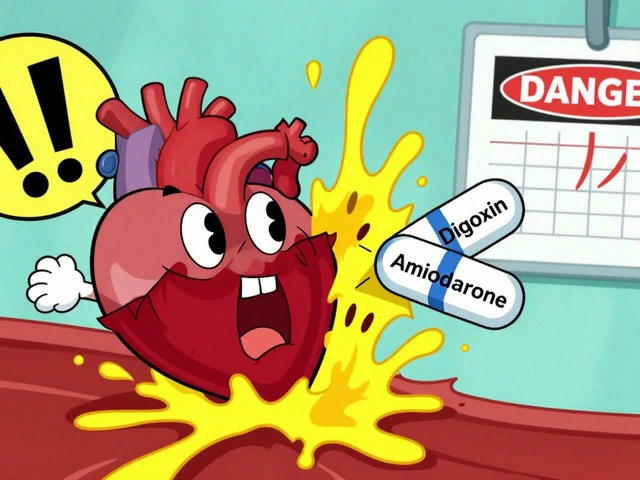UV Radiation: What It Is and Why You Should Care
Ultraviolet (UV) light comes from the sun and some artificial sources like tanning beds. It’s invisible, but it can change your skin, eyes, and even your mood. Some UV rays help your body make vitamin D, while too much can burn you or cause long‑term damage. Knowing the basics helps you enjoy sunshine without paying the price.
How UV Rays Impact Your Health
There are three types of UV radiation: UVA, UVB, and UVC. UVC is mostly blocked by the atmosphere, so you don’t need to worry about it. UVA penetrates deep into skin and speeds up aging, while UVB is the main cause of sunburn and plays a big role in skin cancer. Both can harm your eyes, leading to cataracts or macular degeneration over time.
Short bursts of UV exposure boost vitamin D, which supports bone health and immune function. However, you don’t need long hours in the sun to get enough; 10‑15 minutes a few times a week is often sufficient for most people. If you stay out too long without protection, the risk of skin redness, peeling, or later skin cancers rises sharply.
People with fair skin, light eyes, or a history of skin problems are especially vulnerable. Even if you’re not prone to burning, UVA can still cause hidden damage that shows up years later as wrinkles or spots. That’s why protecting yourself isn’t just about avoiding sunburn—it’s about preventing future issues.
Easy Ways to Protect Yourself Every Day
The simplest defense is sunscreen. Choose a broad‑spectrum product with SPF 30 or higher, and apply it 15 minutes before heading outdoors. Reapply every two hours, or sooner if you’re sweating or swimming. Don’t forget spots like ears, the back of your neck, and the tops of your feet.
Clothing can be a strong barrier too. Long‑sleeve shirts, pants, and wide‑brim hats block a lot of UV rays. Look for fabrics labeled UPF (ultraviolet protection factor) for extra safety. Darker colors absorb more UV than light ones, but tight weaves matter most.
Sunglasses aren’t just fashion—they protect the delicate skin around your eyes and reduce glare that can lead to eye strain. Pick a pair that blocks 100% of UVA and UVB. If you’re outdoors for extended periods, consider wrap‑around styles for better coverage.
Timing matters. UV intensity peaks between 10 am and 4 pm. If possible, schedule outdoor activities earlier or later in the day, especially during summer months. When you can’t avoid peak hours, seek shade under trees, umbrellas, or pop‑up shelters.
Finally, stay aware of reflective surfaces like water, sand, or snow—they bounce UV rays back onto your skin, increasing exposure even if you’re in the shade. Using a higher SPF and covering up helps counteract that extra boost.
By mixing sunscreen, smart clothing choices, eye protection, and timing, you can soak up the good parts of sunlight while keeping the harmful bits at bay. Remember, protecting your skin today pays off with fewer wrinkles, lower cancer risk, and healthier eyes tomorrow.


